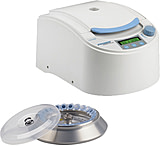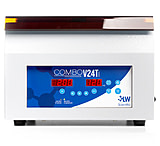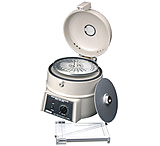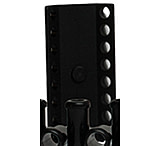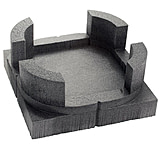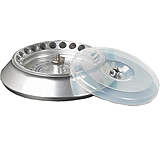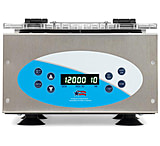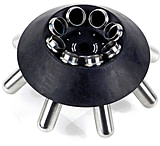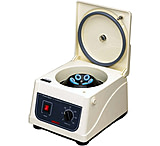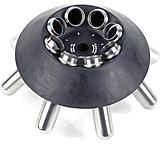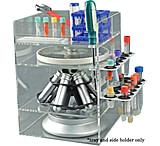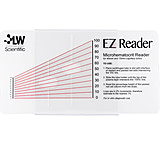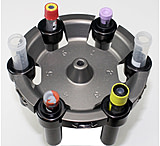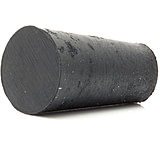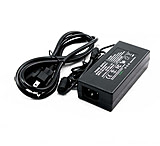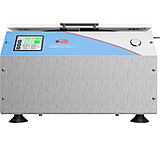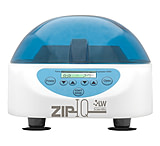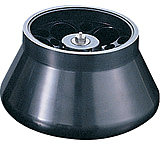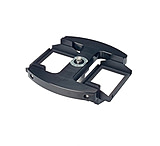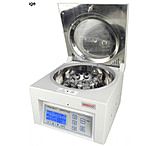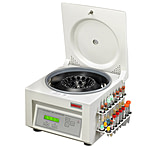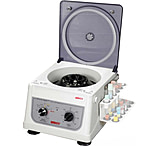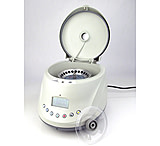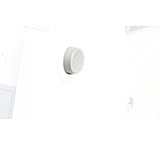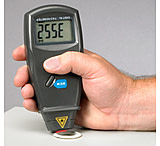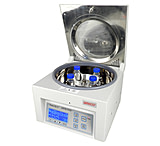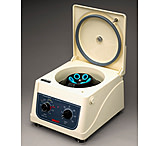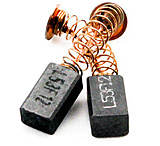Centrifuges - High Speed Centrifuges, Sterile Centrifuges, Laboratory Centrifuge & More! — 171 products / 234 models — Page 1
It wasn't until 1879 that the first commercially-viable centrifuge was developed by Gustaf de Laval, and they've been an essential element for most laboratories ever since. The sedimentation principle allows a centrifuge to separate out substances quickly and effectively. When the rotor spins, the centrifugal force causes the material in test tubes experience centripetal acceleration, and more dense substances move to the bottom of the tube, while lighter substances stay closer to the top. The spin has been generated in a various ways over the years, from older centrifuges that were spun by hand to today's models that feature electric motors for faster acceleration and easier use. Since you need the best centrifuge available, we carry the top brands, such as Thermo Fisher, UNICO and Labnet.![]()
FAQ:
What are the two types of centrifuges?
The two main types of centrifuges are microcentrifuges and ultracentrifuges. The main difference between these options is the speed at which they rotate and the type of materials they are used for. For example, a microcentrifuge separates materials in a small sample and doesn’t spin as fast as an ultracentrifuge. This is most commonly used for biological material. An ultracentrifuge spins extremely fast and is used to separate colloidal particles.
What are three types of centrifuge rotors?
-
Swing-Bucket Rotors: Samples are placed into centrifuge tubes and then in small, individual buckets. The buckets swing horizontally when activated. These work well for most applications, but do not perform great at pelleting.
-
Drum Rotors: Most commonly used in high-speed scenarios, drum rotors require tubes to be placed vertically into the rotor. The samples remain vertical as the rotor spins.
-
Fixed-Angle Rotors: This is the most prevalent type of high-speed centrifuge in laboratories. Samples are held at a fixed angle and reorient themselves while spinning, leading to the separation of materials. Can withstand high amount of g-force.
Shop Centrifuges Today!
In addition to these excellent centrifuges, we have outstanding microscopes, laboratory glassware and tons of other laboratory equipment, so you can find everything you need here at OpticsPlanet! And don't forget that most orders over $49 receive Free Shipping. If you have any questions, contact us and our dedicated product specialists will lend you their expertise so you can make an informed purchase.







